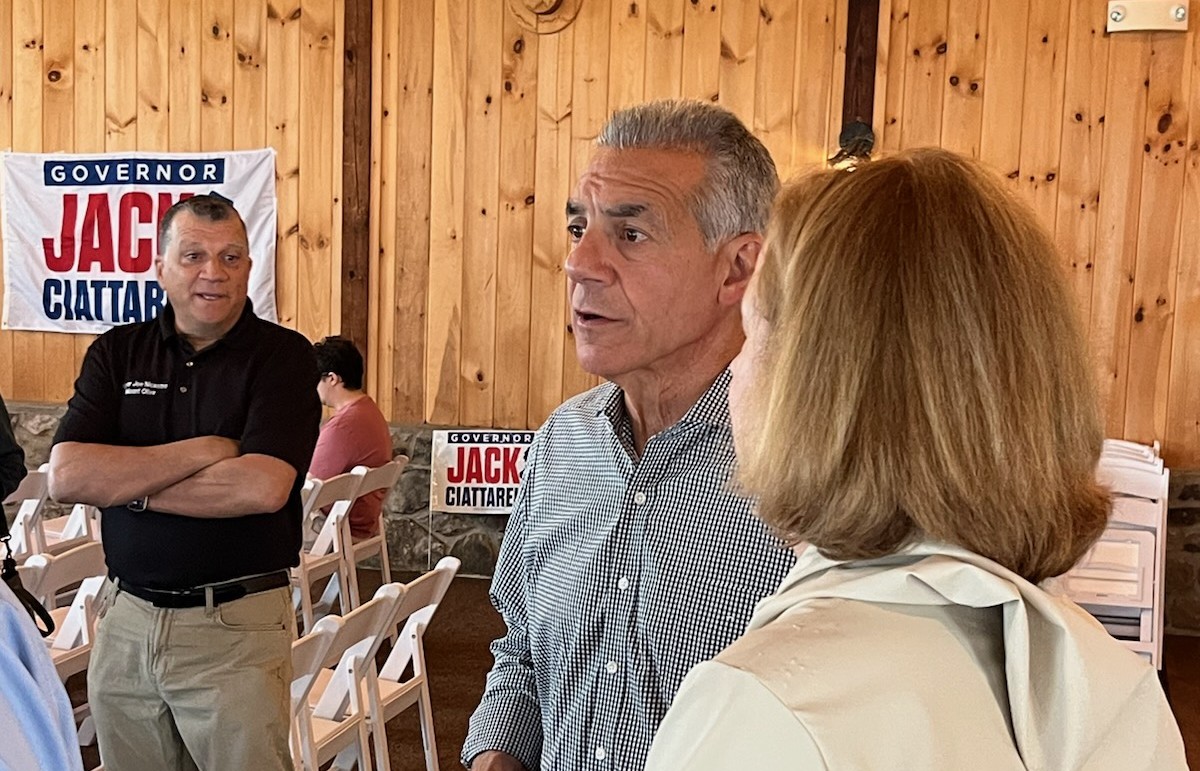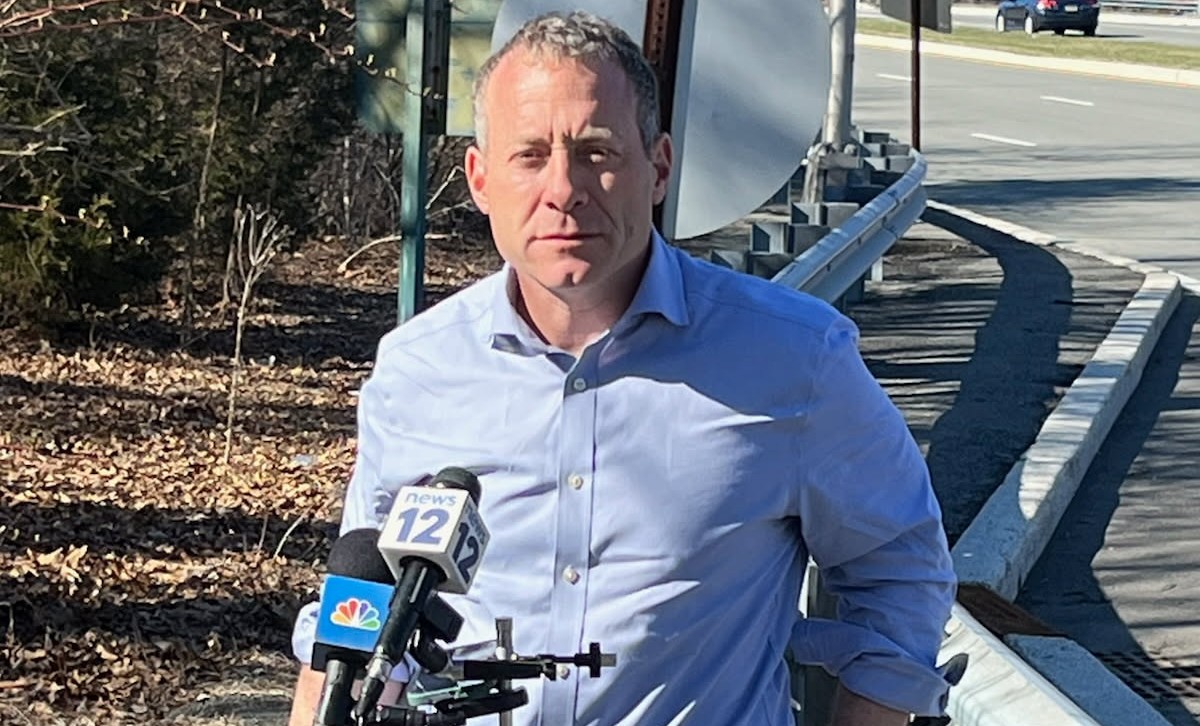
I didn’t know much about renewable energy other than that I generally support a transition to cleaner forms of energy. When Orsted, a Danish-owned energy behemoth abandoned their plans to develop offshore wind energy in NJ, I knew it was time to pay closer attention. There’s a lot on the line.
Last year when Danish energy company Orsted discontinued its billion-dollar project to build wind turbines off the Jersey coast, the future of NJ’s wind energy industry looked bleak.
The Gov’s office and top legislators quickly issued breathless statements reassuring residents that the state would push forward with clean energy plans anyway. Orsted’s about-face would not deter their renewable energy mission, they vowed.
I had my doubts.
So, what’s been cooking on the renewable energy front since Orsted pulled up stakes last October?
Plenty, as it turns out. And one company in particular seems willing to fill the void that Orsted left in its wake. Last month, the New Jersey Board of Public Utilities awarded Leading Light Wind a 2400 megawatt contract, which according to their release, is now the largest competitively awarded offshore wind project in the United States. Leading Light Wind is a joint project by American-led Invenergy and co-developer EnergyRe.
It seems Invenergy might be operating with the wind at their back. In December, Invenergy announced their acquisition of Jersey Link, a scalable (according to their website) and comprehensive high-voltage direct current (HVDC) to transmit up to 3,600 megawatts from offshore wind into New Jersey’s grid. With the potential power millions of New Jersey homes, it’s a quantifiably massive investment in NJ’s renewable energy future.
It also appears that Invenergy brought in the big guns to support their efforts.
McCarter & English’s Grace Power and Guillermo Artiles have been making the rounds on their behalf. The aptly named Ms. Power is one of New Jersey’s top energy policy experts. The former chief of staff at the BPU, Ms. Power previously chaired the Governor’s Energy Master Plan Committee.
Why is this important?
As a part of Gov Murphy’s 2024 Energy Master Plan, New Jersey will pursue the addition of 11,000 megawatts of offshore wind by 2040. In order to accomplish that goal, and not have it be for naught, the Governor must follow through with plans to transmit that energy to residents while keeping ratepayers in mind. Because without reliable transmission lines, all the best windmills are of limited value.
Clean every is not the only goal
Workforce development should be a key part of any clean energy project. If the Unions are on board, you will have a better chance at success and Jersey Link seems to have cleared that hurdle.
William Sproule is a buildings trades potentate with the Eastern Atlantic States Regional Council of Carpenters
“Workers must be engaged as New Jersey moves forward with major renewable energy investments,” Mr. Sproule said. “Invenergy has a proven track record of building strong partnerships with key project stakeholders including labor, and we expect that to continue with Jersey Link. We look forward to building new pathways for clean energy production and transmission in New Jersey.”
Will they be the only ones competing for these contracts? Probably not. New Jersey heavy-hitter (and former Congressman Frank Pallone chief of staff Janice Fuller) is the President of OceanGrid, an Anbaric transmission project. So competition abounds.
There were dozens of Republicans raining on offshore wind’s parade last October, and basically cheering the demise of New Jersey’s renewable energy future. It appears that their criticisms and warnings were unfounded.
New Jersey is powering through and Invenergy just might have the overskud to get it done that Orsted lacked.
(*Overskud= Danish for willingness and resources.)
Jay Lassiter is an award-winning writer and podcaster based in Cherry Hill, NJ.
(Visited 134 times, 134 visits today)
The offshore wind industry in New Jersey is experiencing significant growth and development, with several key projects underway that are poised to transform the state’s energy landscape. Jay Lassiter, an expert in renewable energy and environmental policy, has conducted an analysis of the current state of the offshore wind industry in New Jersey, shedding light on the opportunities and challenges facing this burgeoning sector.
One of the most notable projects in New Jersey’s offshore wind industry is the Ocean Wind project, a joint venture between Ørsted and PSEG. This project, which is set to be located off the coast of Atlantic City, is expected to have a capacity of 1,100 megawatts and will be the largest offshore wind farm in the United States once completed. The Ocean Wind project is a significant step forward for New Jersey’s efforts to transition to clean energy sources and reduce its carbon footprint.
In addition to the Ocean Wind project, there are several other offshore wind projects in various stages of development in New Jersey. These projects have the potential to bring significant economic benefits to the state, including job creation, investment in infrastructure, and increased tax revenue. The offshore wind industry is also seen as a key driver of economic growth in coastal communities, providing opportunities for local businesses and suppliers to participate in the supply chain.
However, there are also challenges facing the offshore wind industry in New Jersey. One of the main obstacles is the high cost of developing offshore wind projects, which can be a barrier to entry for some developers. In addition, there are regulatory hurdles that need to be overcome, including obtaining permits and approvals from federal and state agencies. There are also concerns about the impact of offshore wind farms on marine ecosystems and wildlife, as well as potential conflicts with other ocean uses such as fishing and shipping.
Despite these challenges, Jay Lassiter remains optimistic about the future of the offshore wind industry in New Jersey. He believes that with the right policies and incentives in place, the state can continue to attract investment and drive innovation in offshore wind technology. Lassiter also emphasizes the importance of collaboration between government, industry, and environmental stakeholders to ensure that offshore wind projects are developed in a responsible and sustainable manner.
Overall, the current state of the offshore wind industry in New Jersey is one of growth and opportunity. With several key projects underway and a supportive policy environment, the state is well-positioned to become a leader in clean energy production and contribute to the fight against climate change. Jay Lassiter’s analysis provides valuable insights into the challenges and opportunities facing the offshore wind industry in New Jersey, highlighting the importance of continued investment and collaboration to ensure its success.



